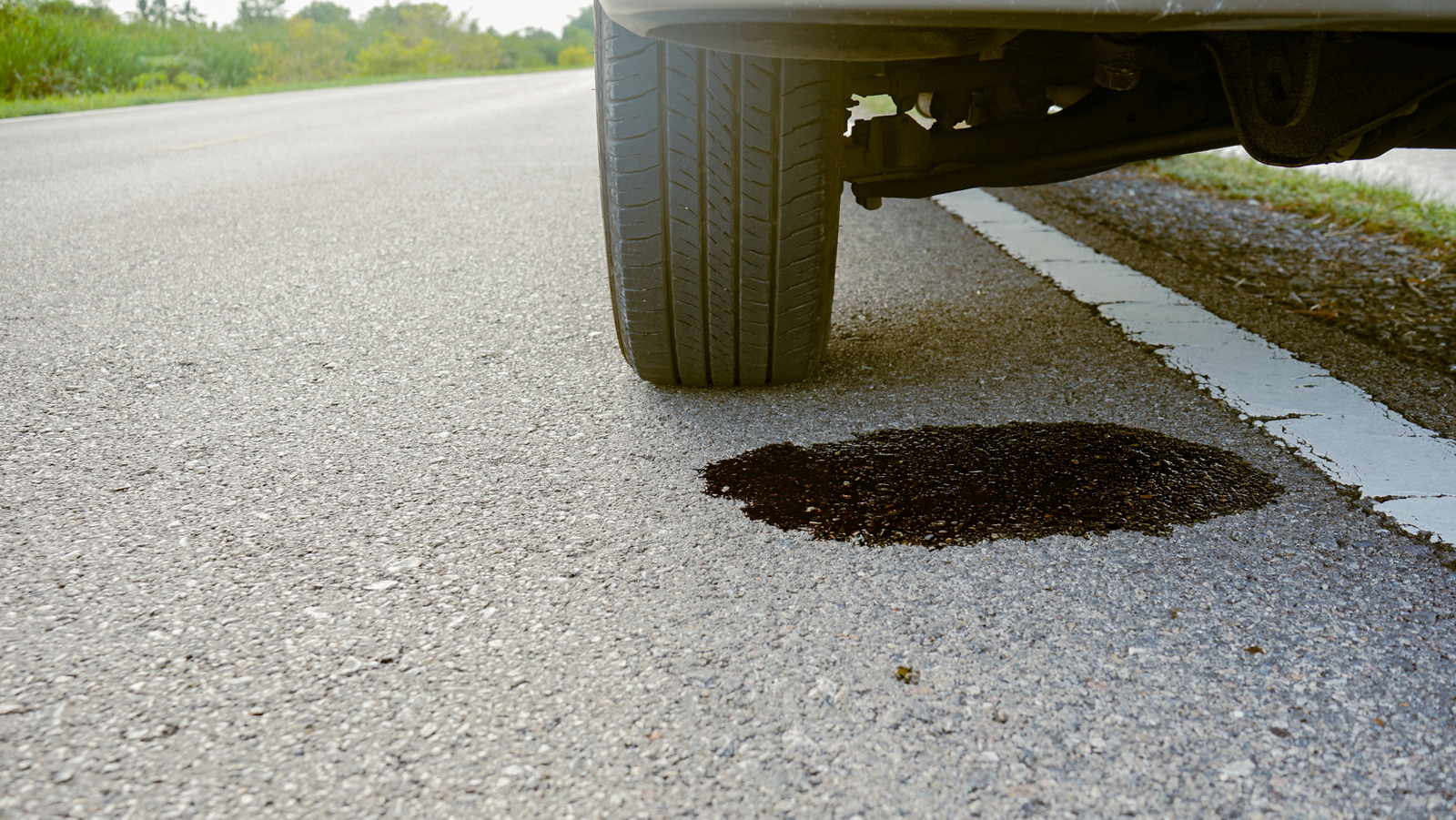What Does That Puddle Under My Car Really Mean?
You’re backing out of your driveway and spot a mysterious puddle where your car was parked. Cue the internal debate: Is this a minor annoyance, or am I about to face a wallet-busting repair? Let’s break down what that leak might mean, how to tell if it’s urgent, and what you should do next—without relying on guesswork or old wives’ tales about fluid color.
Can You Trust the Color of the Leak?
It’s tempting to play detective by looking at the color of the fluid. Green? Must be coolant. Reddish? Transmission fluid, right? Not so fast. Modern vehicles use a dizzying array of fluids, and manufacturers love to shake things up with new dyes and formulations. For example, coolant can be green, orange, pink, or even blue, depending on your car’s make and model. Transmission fluid is usually red, but some automakers use clear or amber variants.
The bottom line: Color can give you a clue, but it’s not foolproof. Instead, pay attention to where the leak is coming from, the texture of the fluid, and any new symptoms your car is showing.
What Are the Most Common Fluids That Leak?
Let’s get specific. Here are the usual suspects:
Engine Oil: Typically brown or black, engine oil leaks often show up under the middle or front of the car. If you notice a slick, greasy puddle and your oil level is dropping, don’t ignore it—low oil can lead to catastrophic engine damage.
Coolant/Antifreeze: As mentioned, coolant can be a rainbow of colors. It’s usually thinner than oil and may smell sweet. Leaks often appear near the front of the car, under the radiator or engine. Overheating is a telltale sign you’re losing coolant.
Transmission Fluid: Usually red or pink, but sometimes clear or brownish. Transmission leaks tend to pool under the center of the car. Slipping gears or delayed shifting? That’s your cue to check the fluid.
Brake Fluid: Pale yellow to brown, brake fluid is slippery and has a sharp, chemical smell. Leaks are rare but serious—if you see fluid near a wheel or under the brake master cylinder, get it checked immediately. Brake failure is no joke.
Power Steering Fluid: Often reddish or amber, and leaks will show up near the front of the car. If your steering feels stiff or noisy, this could be the culprit.
Water: Clear, odorless puddles are usually just condensation from your air conditioning system. Totally normal—no need to panic.
How Urgent Is That Leak? When Should You Worry?
Not all leaks are created equal. Here’s a quick triage:
– Small, clear puddle after running the AC? Ignore it.
– A few drops of oil or coolant? Monitor your fluid levels and keep an eye out for worsening leaks.
– Large puddles, especially of oil, coolant, or brake fluid? Don’t wait. These can lead to overheating, engine failure, or dangerous braking issues.
– Any fluid with a burnt smell or odd texture? Get it checked. Burnt-smelling transmission or power steering fluid can signal bigger problems.
A 2023 AAA survey found that nearly 60% of drivers ignore minor leaks, but those who act early often avoid major repairs down the road. In other words, a little vigilance saves a lot of money.
How Can You Pinpoint the Source of the Leak?
Grab a flashlight and a piece of cardboard. Slide the cardboard under your car overnight. In the morning, check the location and color of the spots. This simple trick can help you (or your mechanic) narrow down the source. If you’re comfortable, pop the hood and inspect fluid reservoirs—look for low levels or damp areas around hoses and gaskets.
Still stumped? A trusted mechanic can perform a pressure test or use UV dye to trace stubborn leaks. Don’t be shy about asking questions; a good shop will walk you through their findings.
What’s the Best Way to Prevent Leaks in the First Place?
Regular maintenance is your best defense. Check fluid levels monthly, and don’t skip scheduled services. Replace worn hoses and gaskets before they fail. If your car is older, keep an eye out for corrosion or brittle rubber parts—these are leak magnets.
And here’s a pro tip: Park in the same spot whenever possible. You’ll notice new leaks right away, instead of discovering them after they’ve done damage.
What If You’re Far from Home or on a Road Trip?
Finding a leak in your driveway is one thing. Spotting one at a rest stop halfway through a road trip is another. If you see a small, slow leak and your gauges look normal, top off fluids and keep an eye on things until you can get to a shop. But if you notice overheating, low oil pressure, or brake warning lights, don’t risk it. Call for help—safety first.
The Big Takeaway
Car leaks aren’t about perfection—they’re about smarter adjustments. Start with one change this week: check your fluid levels, or lay down that cardboard tonight. You’ll likely spot the difference by month’s end, and your car (and wallet) will thank you.


